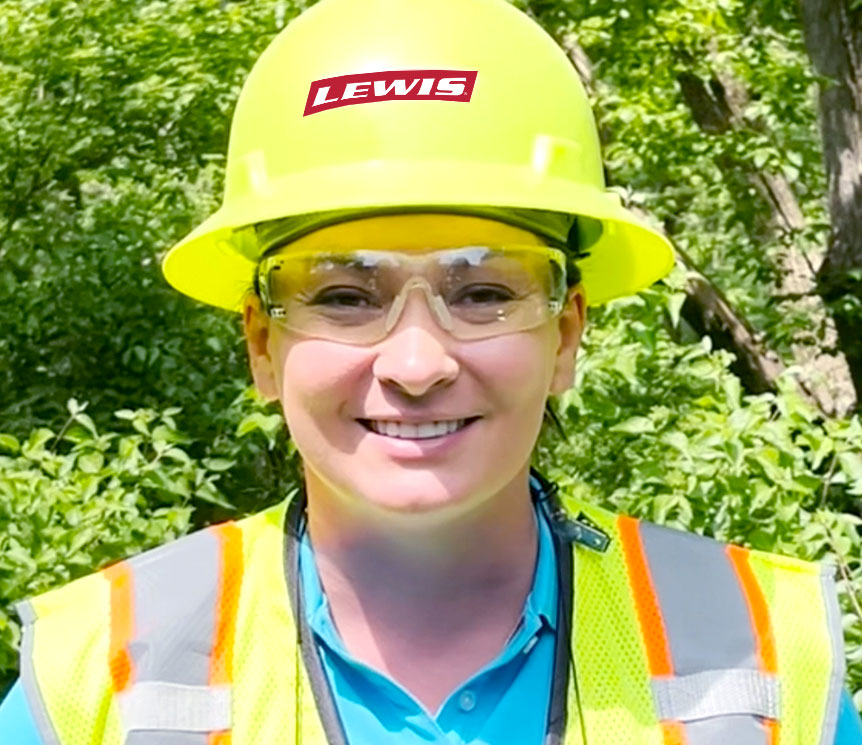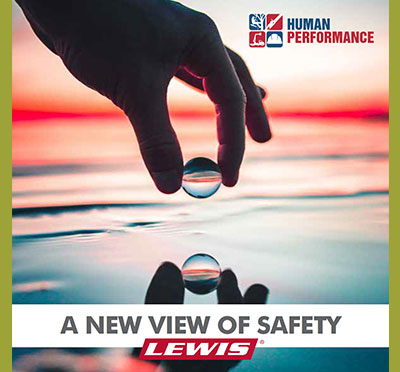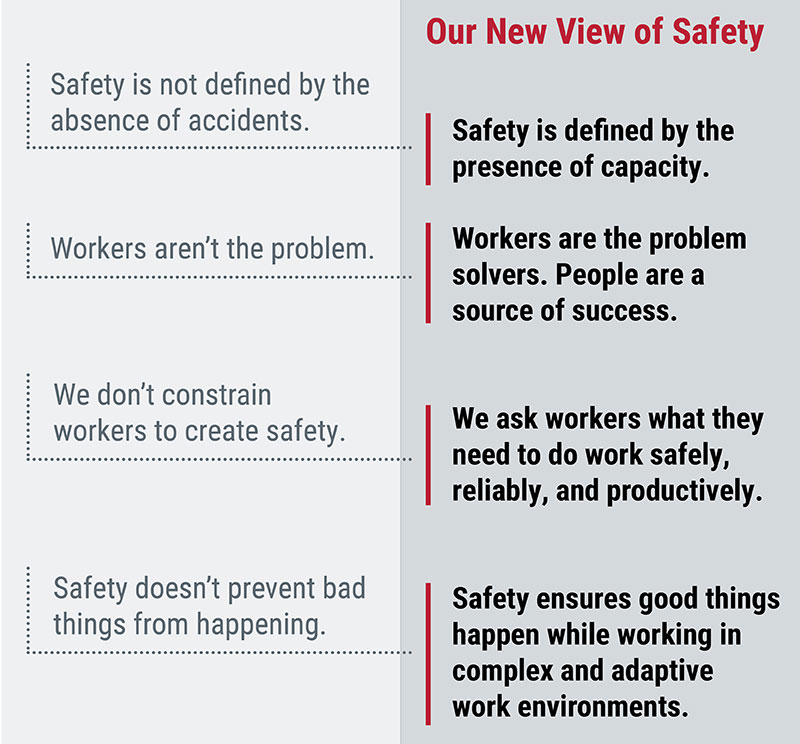This is Lewis’ Safety Vision and daily commitment to each other, our teams, and the customers we serve.
Why? Because, at Lewis, safety is paramount. Safety is not a set of simple one-and-done tasks to be checked off a list. Our safety practices are continuous, repeatable, and non-negotiable. They involve critical behaviors that are executed intentionally with precision, care, and keen attention to detail.
As leaders in safety, Lewis is shepherding a transformative merging of Human Performance methodologies, equipment modernization, and technological advancements.







